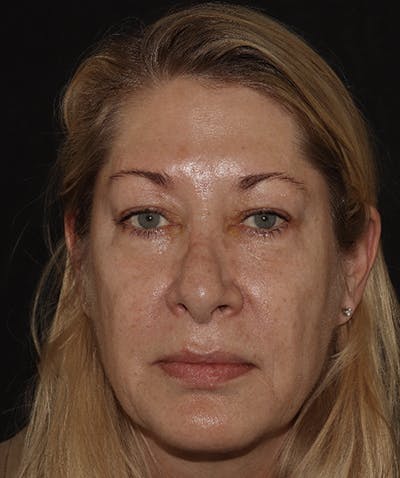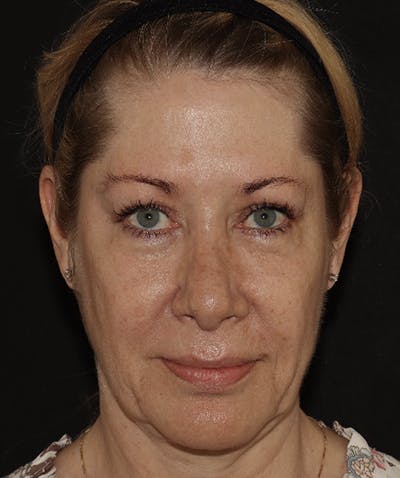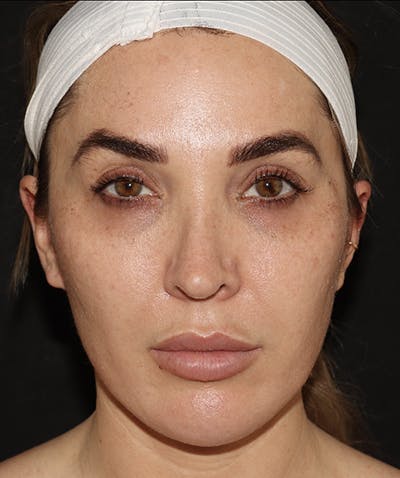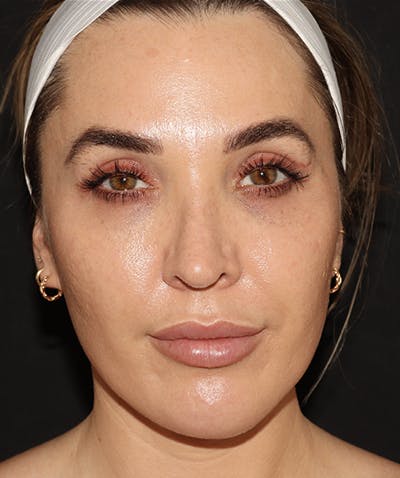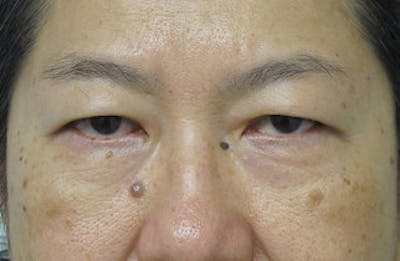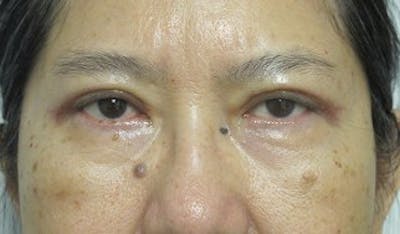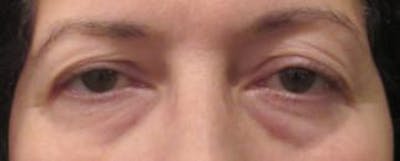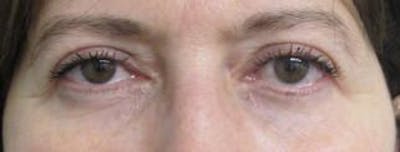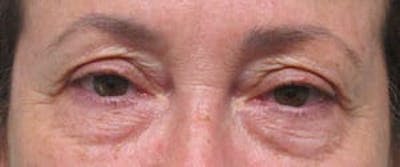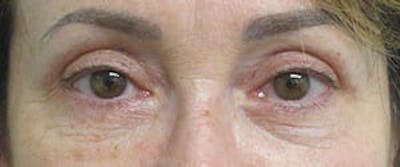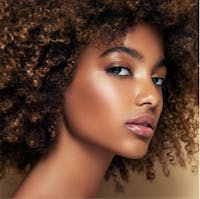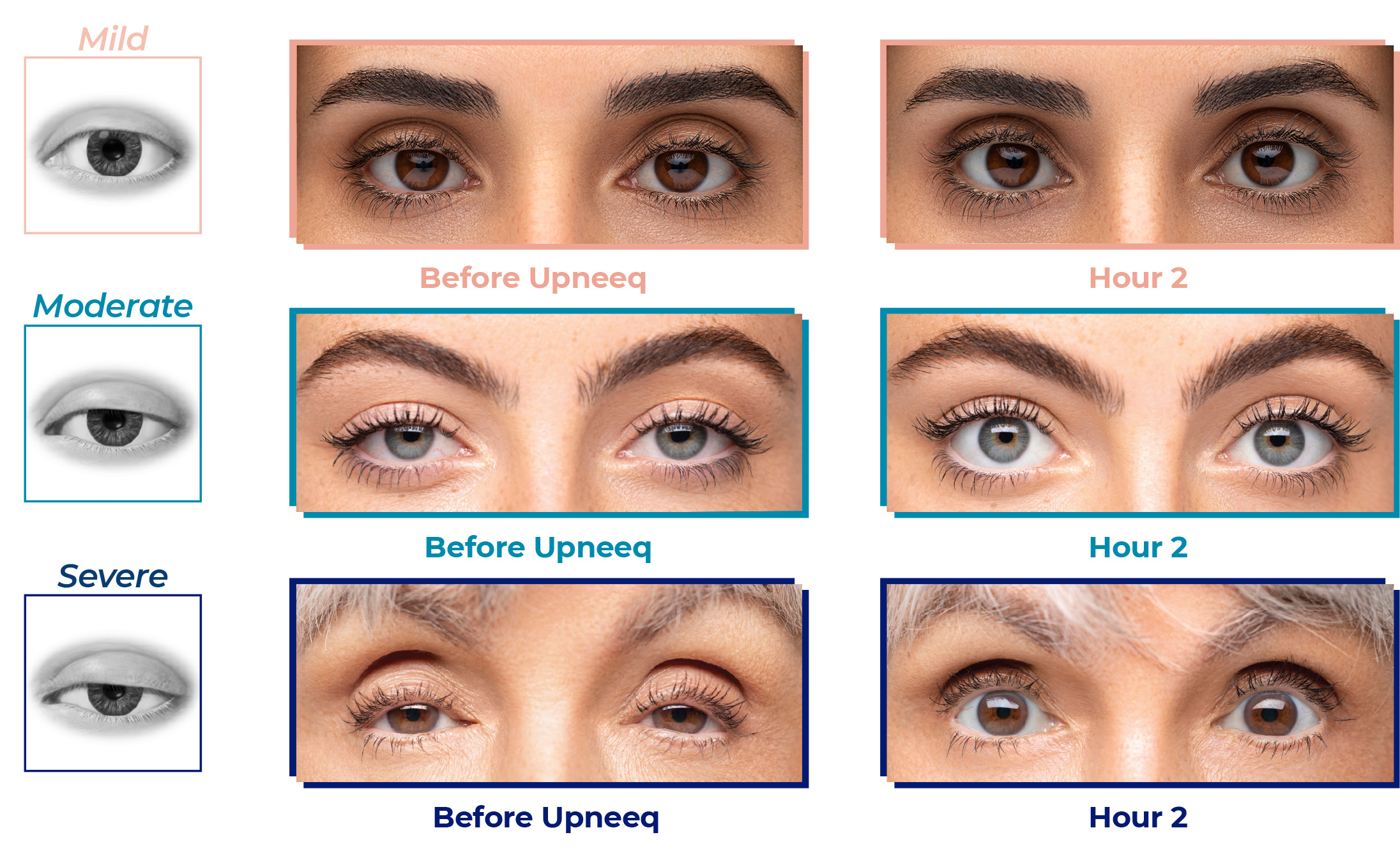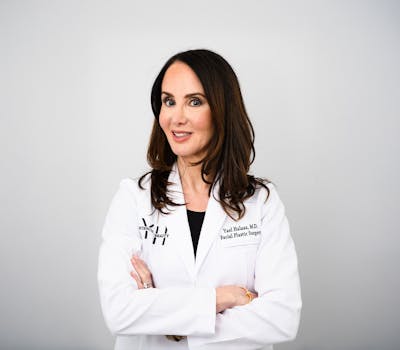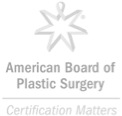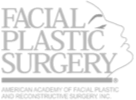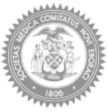Eyelid surgery, or blepharoplasty, is a specialty of Dr. Halaas, a double board-certified facial plastic surgeon in NYC. With her precision and artistry, she can rejuvenate the eyes by removing excess skin, tightening muscles, and reducing puffiness around the eyelids. Whether you’re looking to correct droopy eyelids, reduce under-eye bags, or restore a more youthful and alert appearance, Dr. Halaas can customize the procedure to enhance your natural features.
Blepharoplasty Cost
The starting cost for upper blepharoplasty is $7,500, lower blepharoplasty is $11,000, and when combined the cost starts at $15,000. When considering cosmetic surgery pricing, it's important to recognize that the final cost is tailored to meet each patient's unique needs. The complexity of the surgery and how long it may take can influence the total cost, which will be discussed in your consultation with Dr. Halaas. This personalized approach ensures transparency and clarity regarding the total investment required for your aesthetic goals. We aim to empower you to make informed decisions about your cosmetic journey by providing a detailed breakdown of costs. Call our office for more details and schedule a consultation for a more personalized quote just for you.
Does insurance cover the cost?
Insurance may cover eyelid surgery if deemed medically necessary, such as when excess skin hangs over the eyelash line and impairs your vision or field of sight. In these cases, a visual field test and documentation from your eye doctor or surgeon are often required to support your claim. Cosmetic eyelid surgery performed solely for aesthetic reasons is typically not covered. Our team can help determine if your case qualifies and guide you through the pre-authorization process with your insurance provider.

